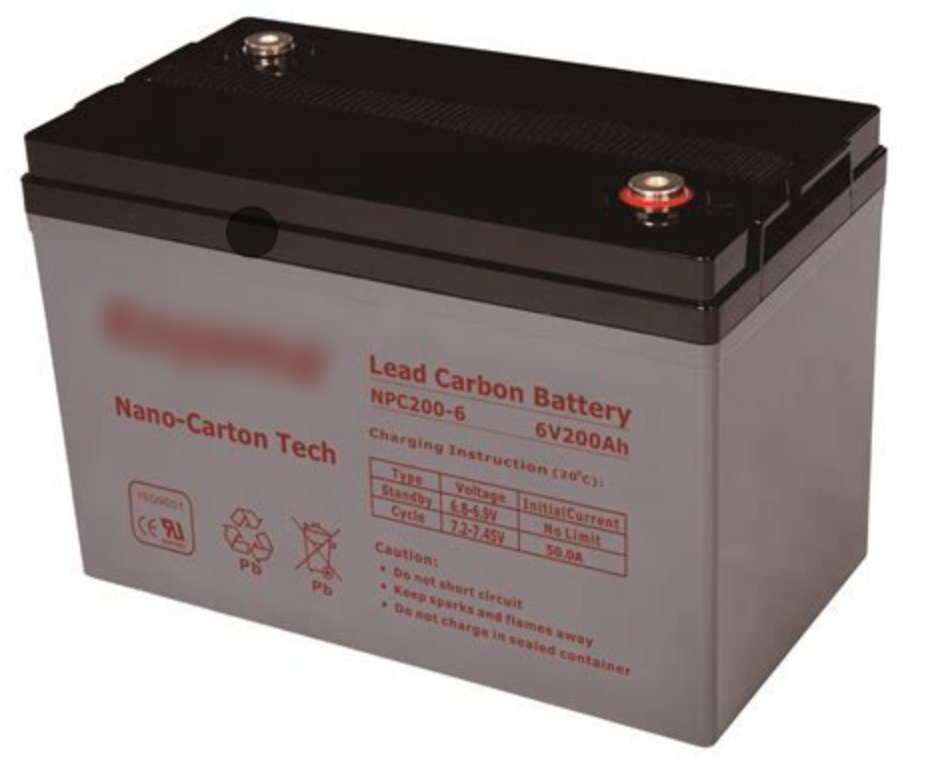lead carbon batteries, also known as lead-acid/carbon batteries, are a new type of energy storage technology that has received much attention in recent years. They have many advantages over conventional lead-acid batteries. This article will detail the structure of the lead carbon battery, how it works, and its advantages and potential disadvantages.

a, structure
lead carbon batteries is mainly composed of three parts: the electrolyte and the cathode and anode. The electrolyte is a solution of sulfuric acid that allows electrons to flow between the negative and positive electrodes. The negative electrode is usually made of lead or lead alloy, while the positive electrode is made of carbon material, such as graphite or carbon fiber.
second, the working principle of the
lead carbon battery based on the working principle of electrochemical reaction between the cathode and anode and electrolyte. During the charging process, external energy is applied to the battery, causing a chemical reaction to occur that converts lead from the negative electrode and carbon from the positive electrode into their respective ions. These ions then combine in the electrolyte to form lead sulfate crystals, which act as stored chemical energy.
During discharge, lead sulfate crystals decompose into lead, carbon, and sulfate ions. These ions move between the negative and positive electrodes to generate an electric current through an external circuit. During the discharge process, the lead in the negative electrode is converted to lead acid and the carbon in the positive electrode is converted to lead carbonate.
Advantages
1. Higher energy density: lead carbon batteries have a higher energy density than traditional lead-acid batteries, which means they can store more energy in the same volume or weight.
2. Longer cycle life: lead carbon batteries have a longer cycle life and can maintain good performance in more charge and discharge cycles.
3. Fast charging capability: lead carbon battery can achieve fast charging, reducing charging time and waiting time.
4. High temperature performance: lead carbon batteries perform well in high temperature environments and are more stable in high temperature conditions than lead-acid batteries.
Potential disadvantages
1. Cost: The relatively high cost of lead carbon batteries may limit their popularity in some applications.
2. Environmental impact: lead carbon batteries contain lead, which is a harmful substance that poses potential risks to the environment and human health.
3. Recycling and disposal: The recycling and disposal process of lead carbon batteries is relatively complex, requiring special equipment and measures to ensure environmental and human safety.
Summary:
As a new type of energy storage technology, lead carbon batteries offer many advantages, including higher energy density, longer cycle life, fast charging capability and good high-temperature performance. However, they also have some potential drawbacks, such as higher cost, environmental impact and complex recycling processes. Nevertheless, lead carbon batteries still have broad prospects for certain applications, such as electric vehicles and renewable energy storage. As technology continues to advance and costs decrease, lead carbon batteries are expected to play a more important role in the energy storage field in the future.